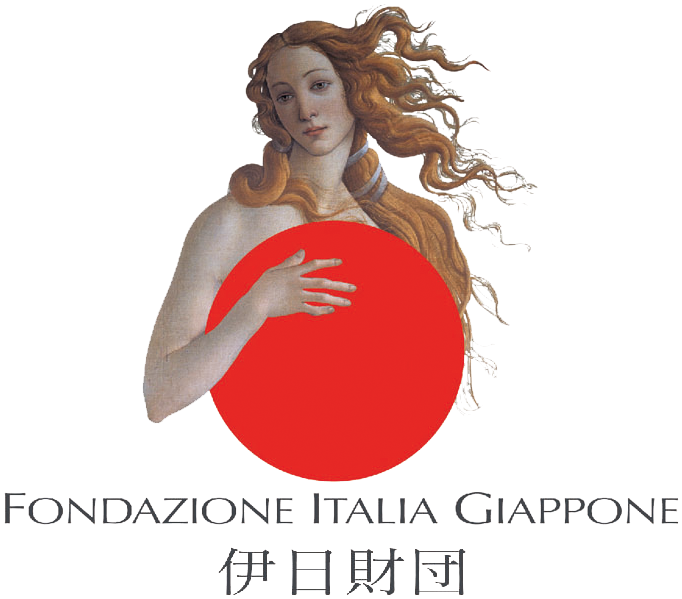 © Matthew Booth
© Matthew Booth
Vanitas I
Vanitas I bone china vase was slip cast, bisque fired and then painted on by hand with a resist. An industrial sandblaster was then used as an etching tool to eat away at the ceramic before the final firing. Through this method, the decoration becomes integral to the body of the vase, rather than just being applied to the surface. Depending on the amount of deterioration, parts of the vase may start to peel, distort and collapse during the final kiln firing, giving the delicate feeling of being "on the turn": held just at the point of decay.
Detailed FeaturesStory
● Type: Vase
● Dimensions: 20 H x 15 Ø cm
● Material: Bone china porcelain
● Date: 2012
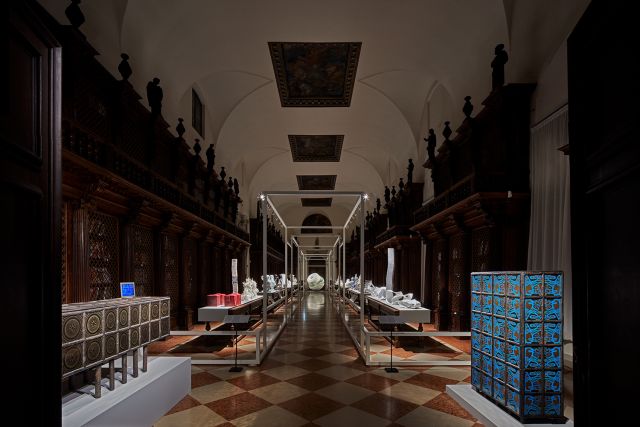 Porcelain VirtuosityExhibition
Other objects
Exhibitor
Porcelain VirtuosityExhibition
Other objects
Exhibitor






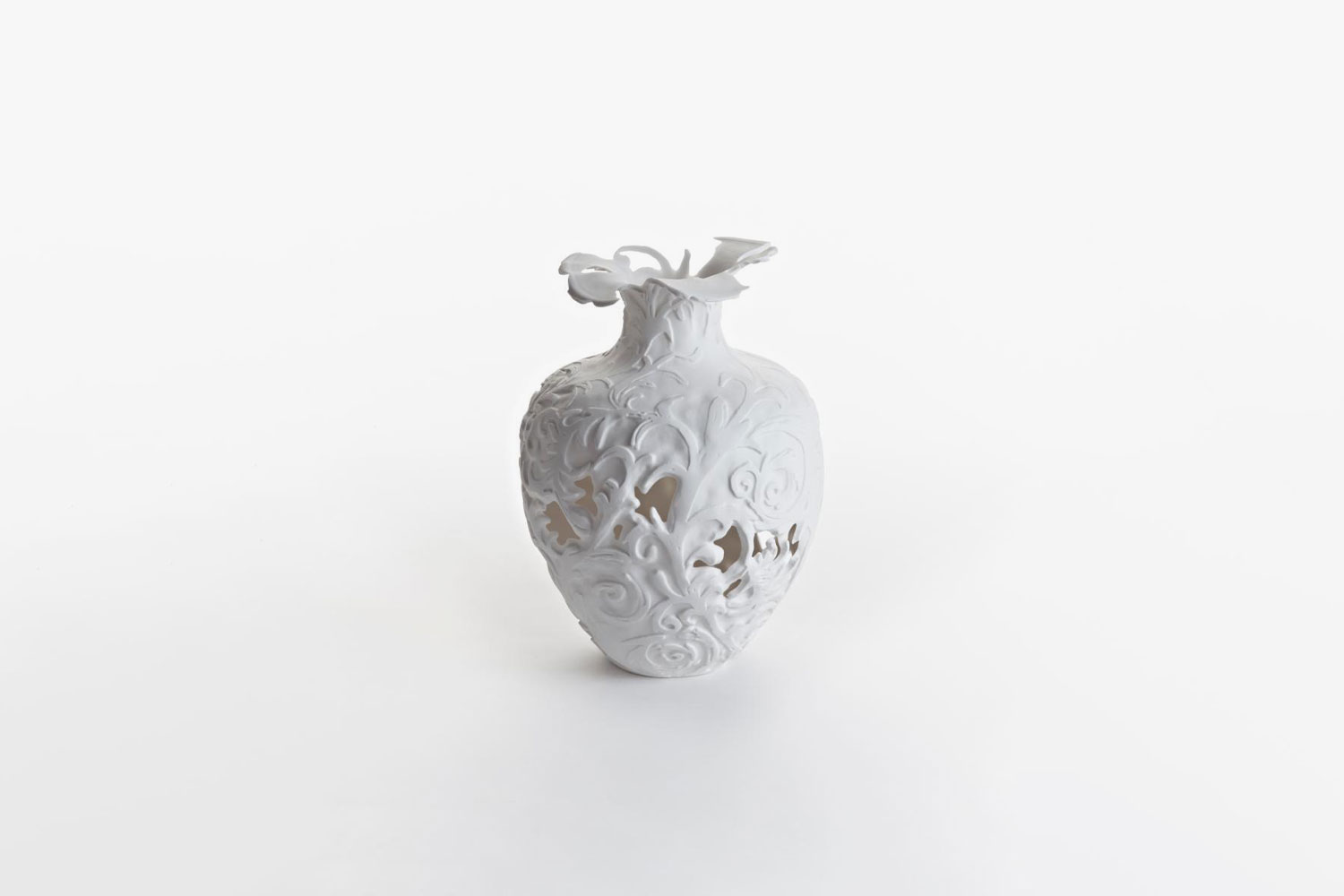
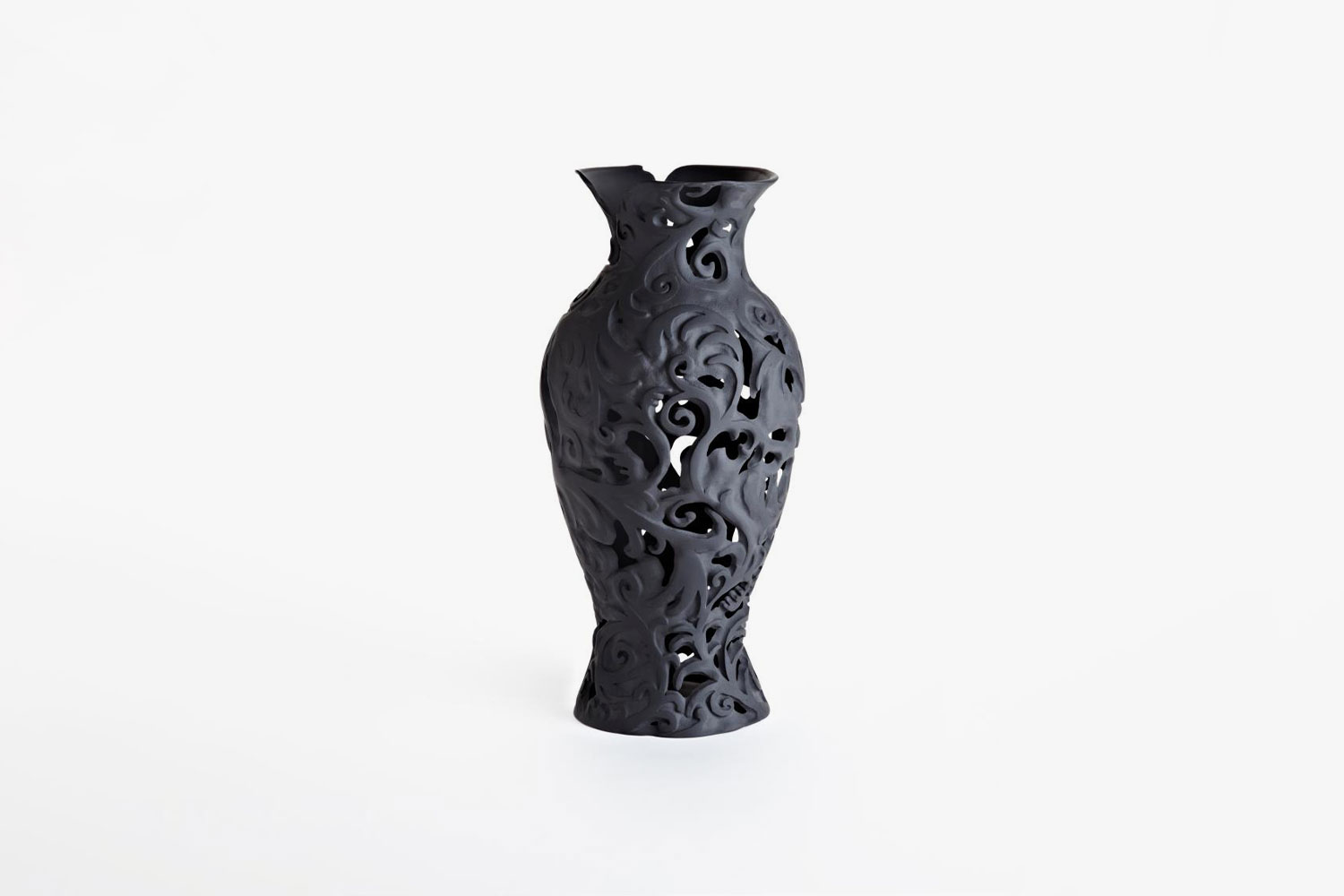

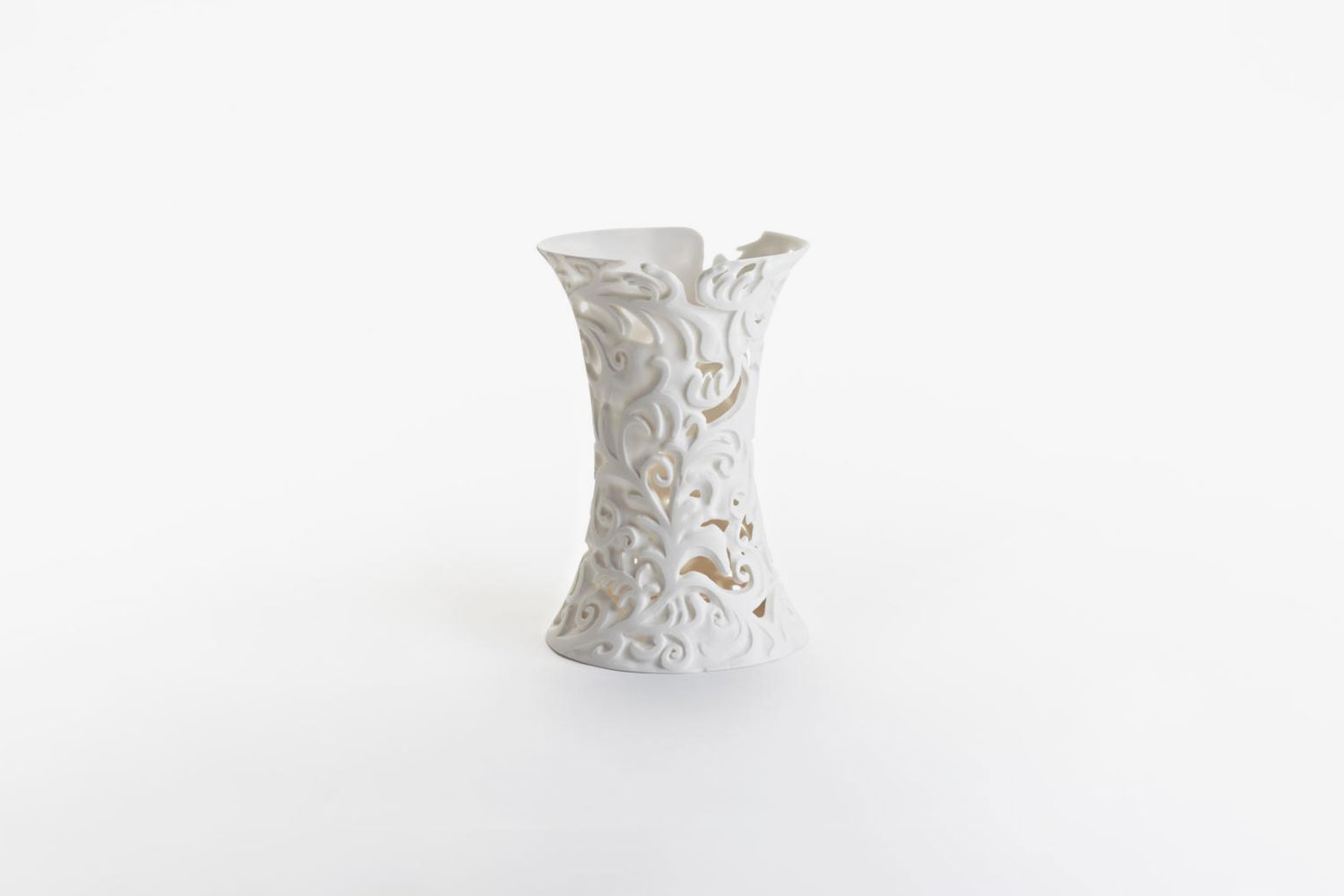
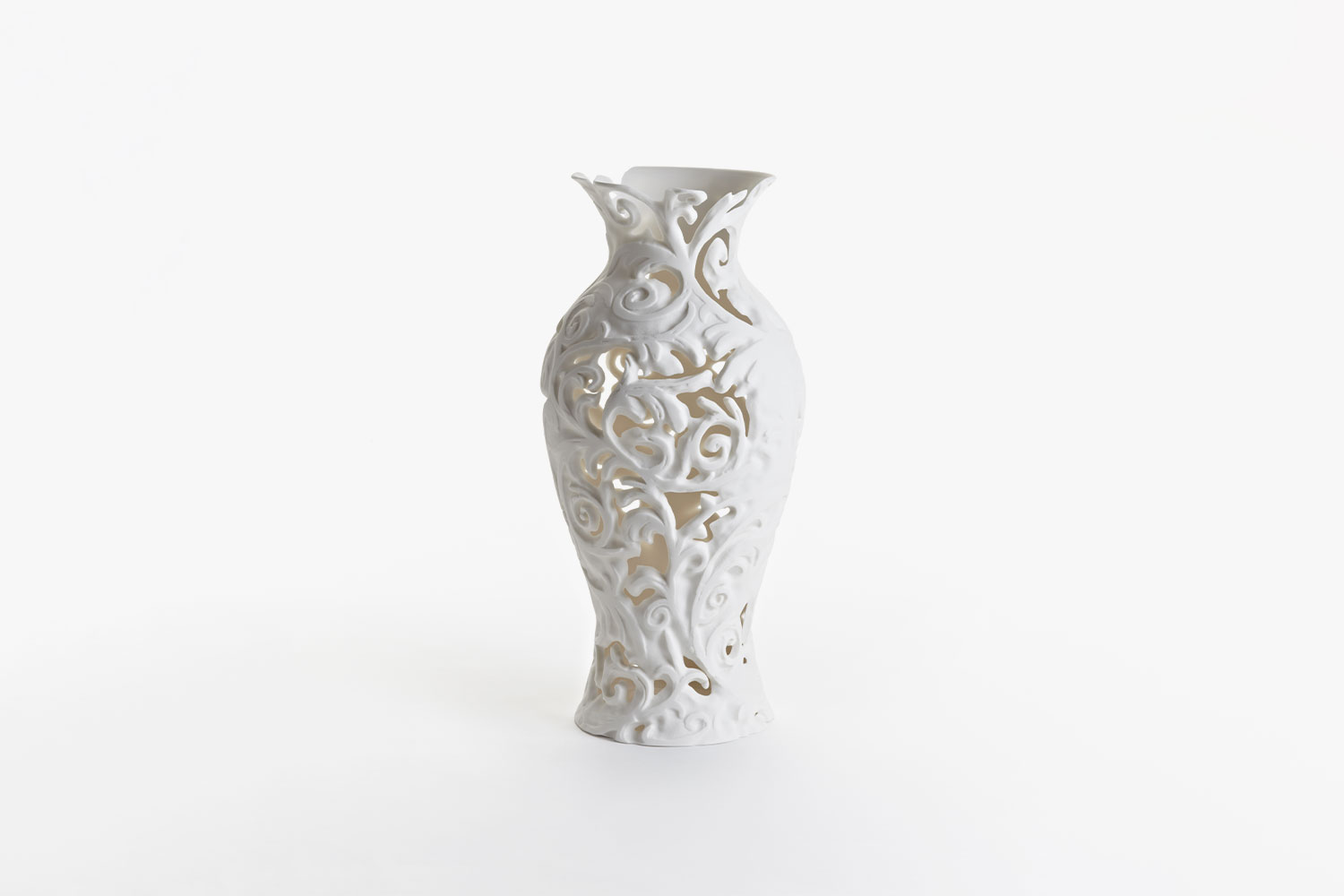

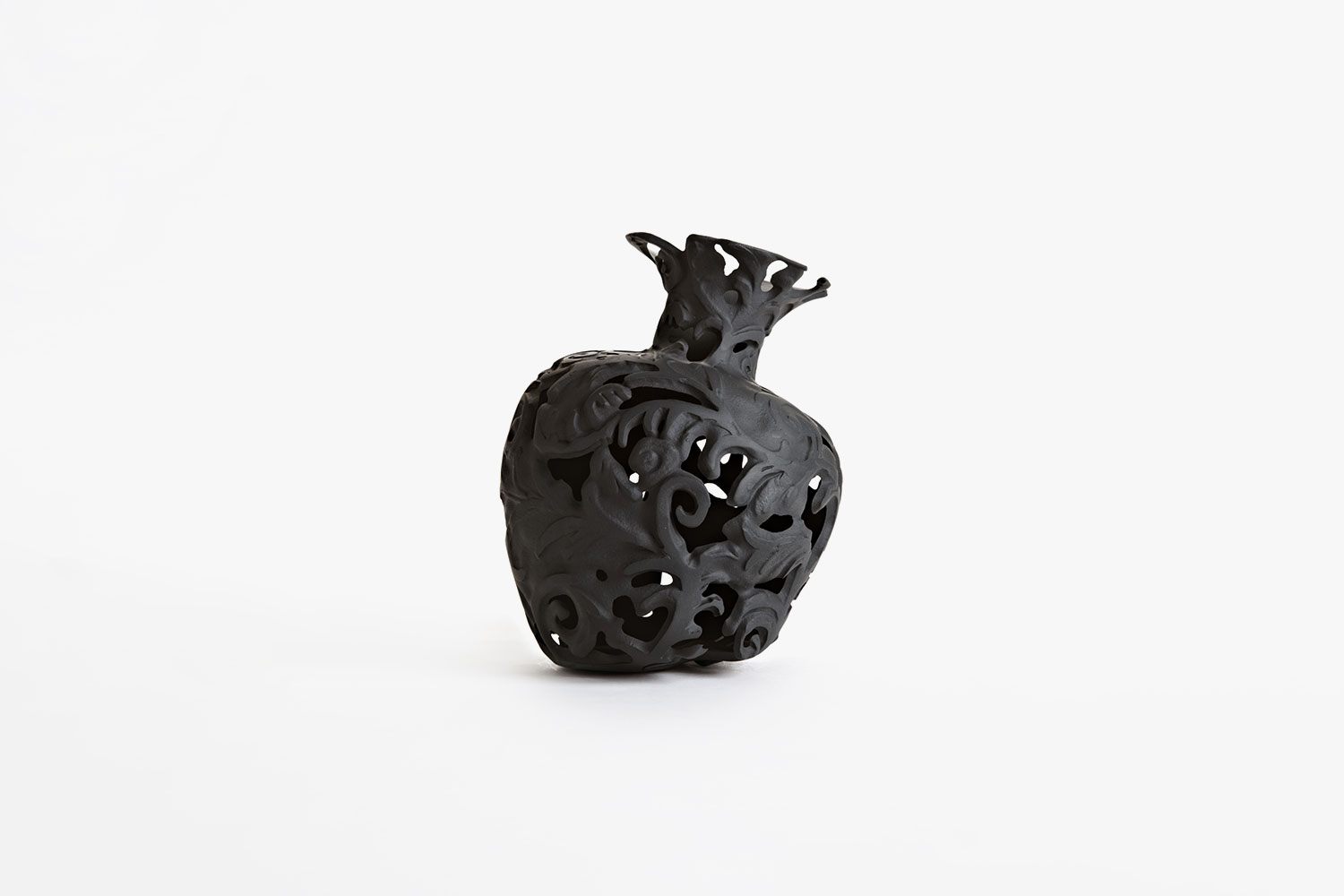

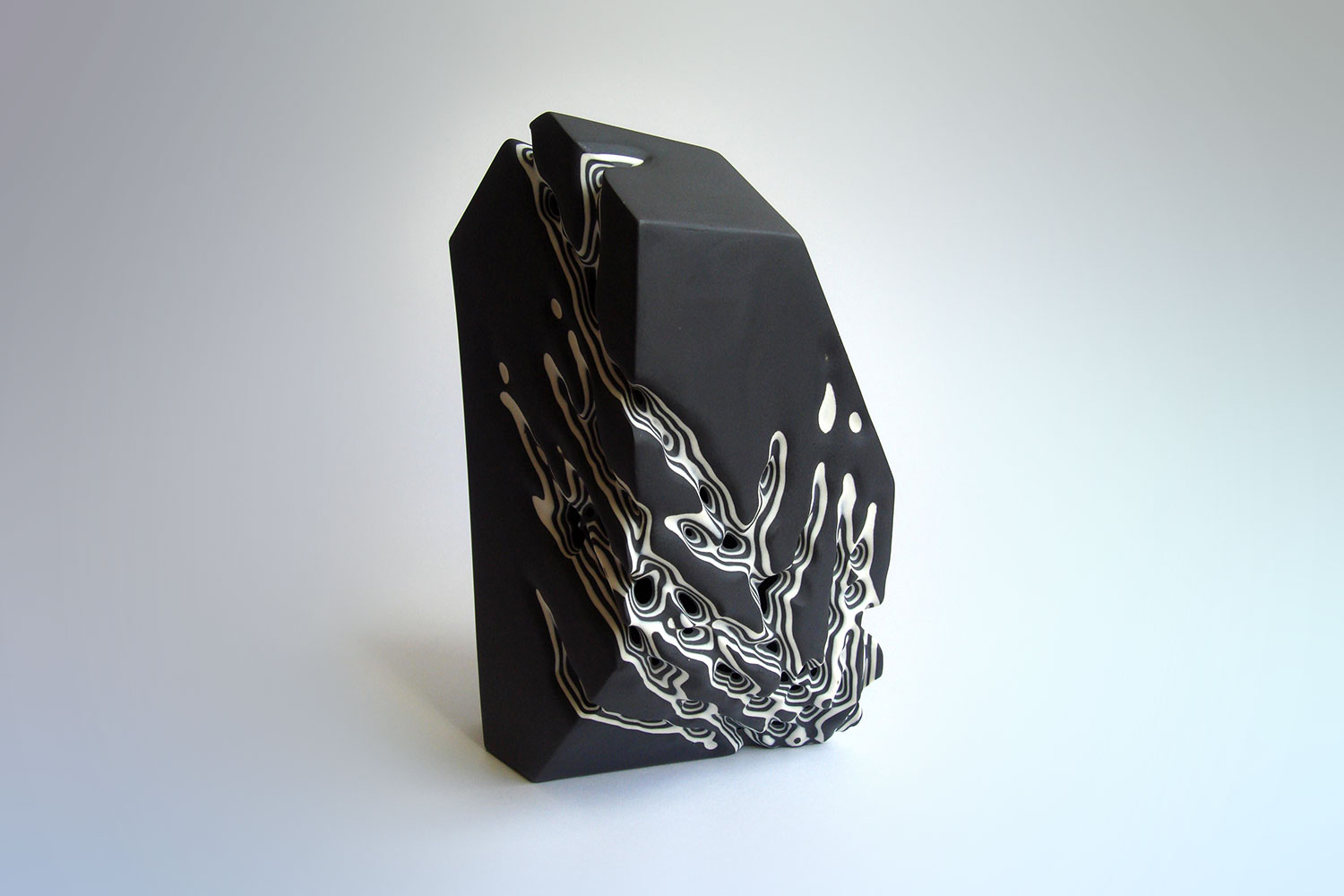




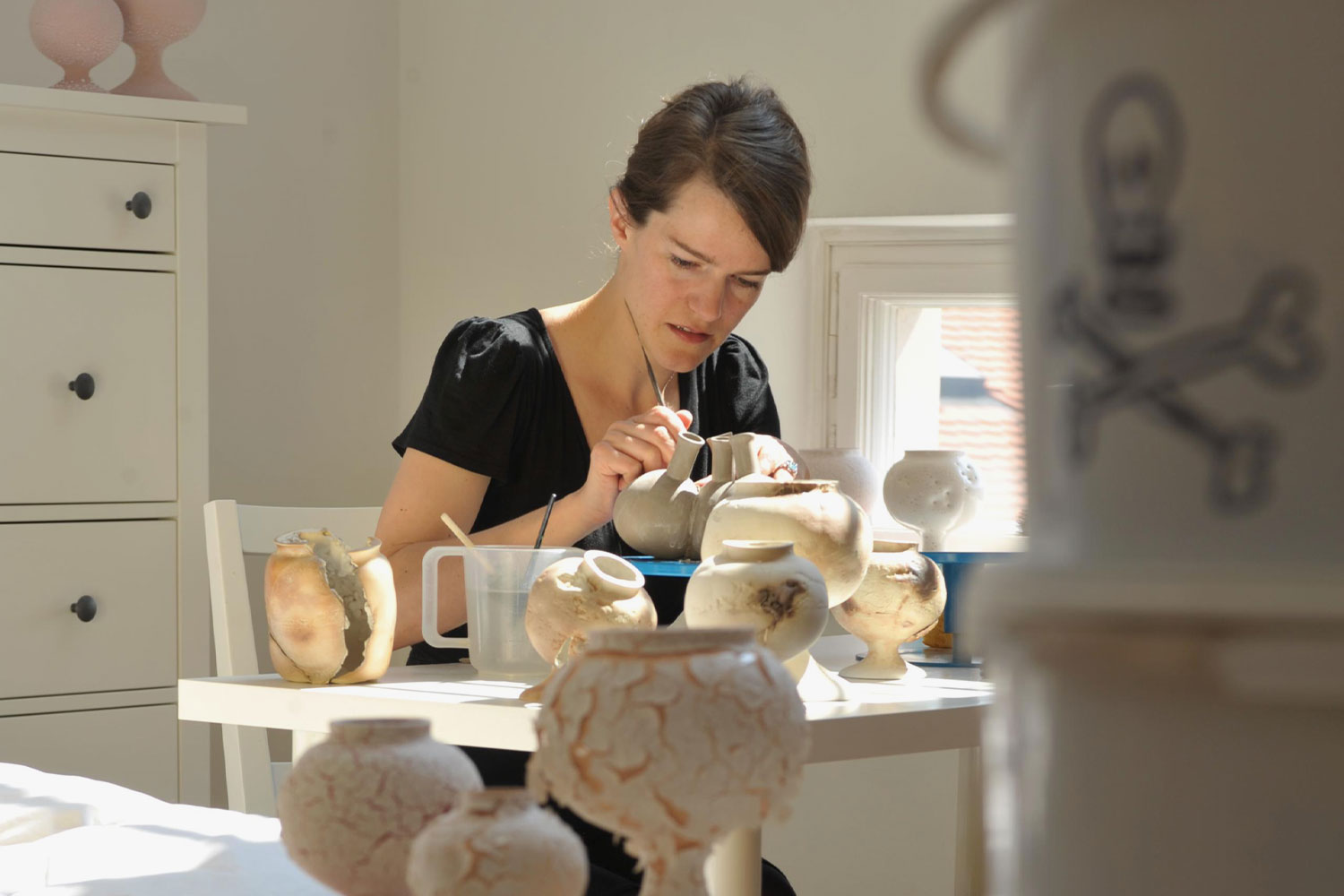 United Kingdom
Tamsin van Essen
United Kingdom
Tamsin van Essen



